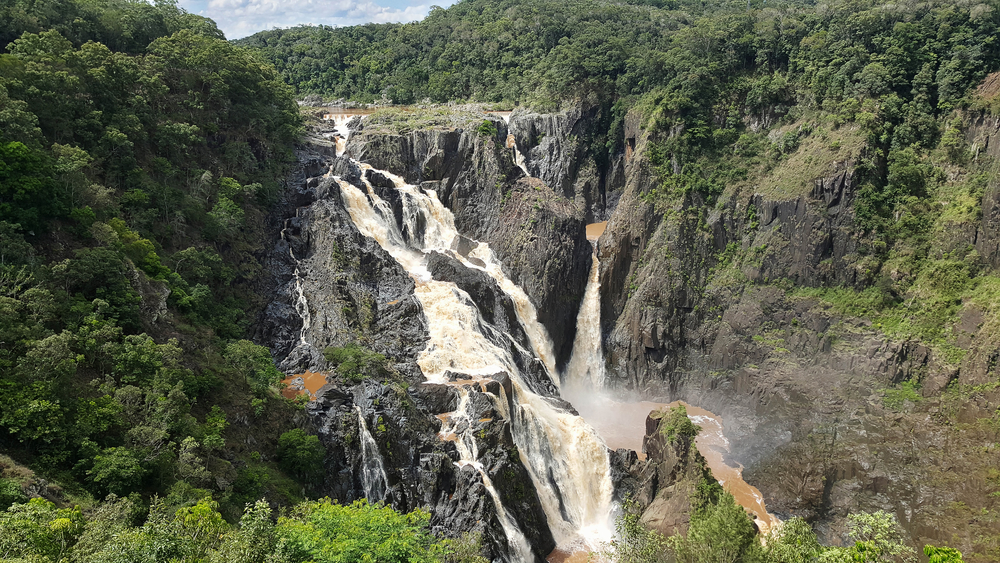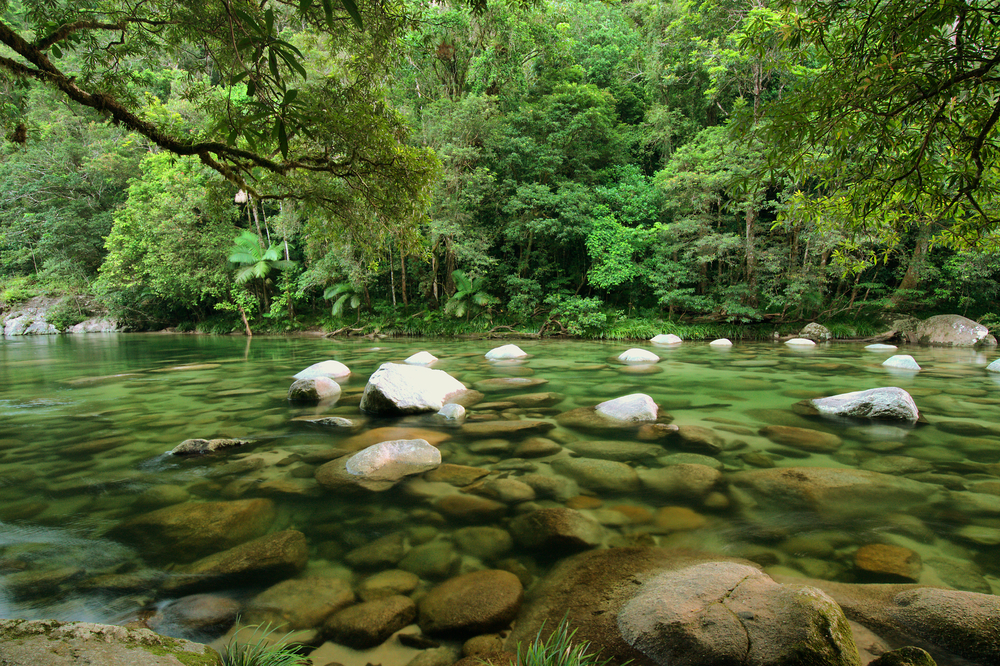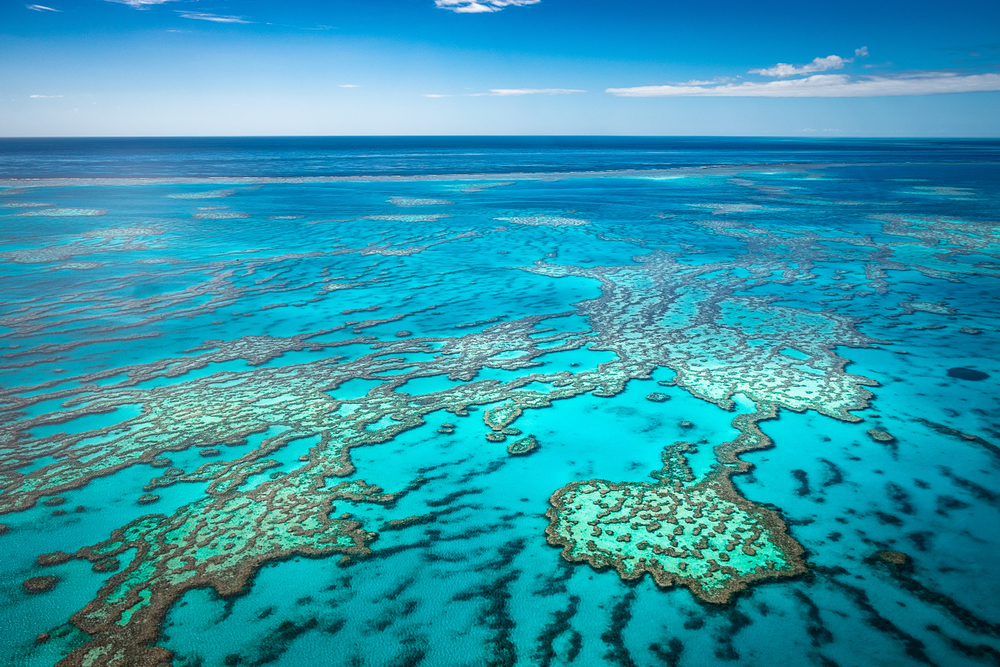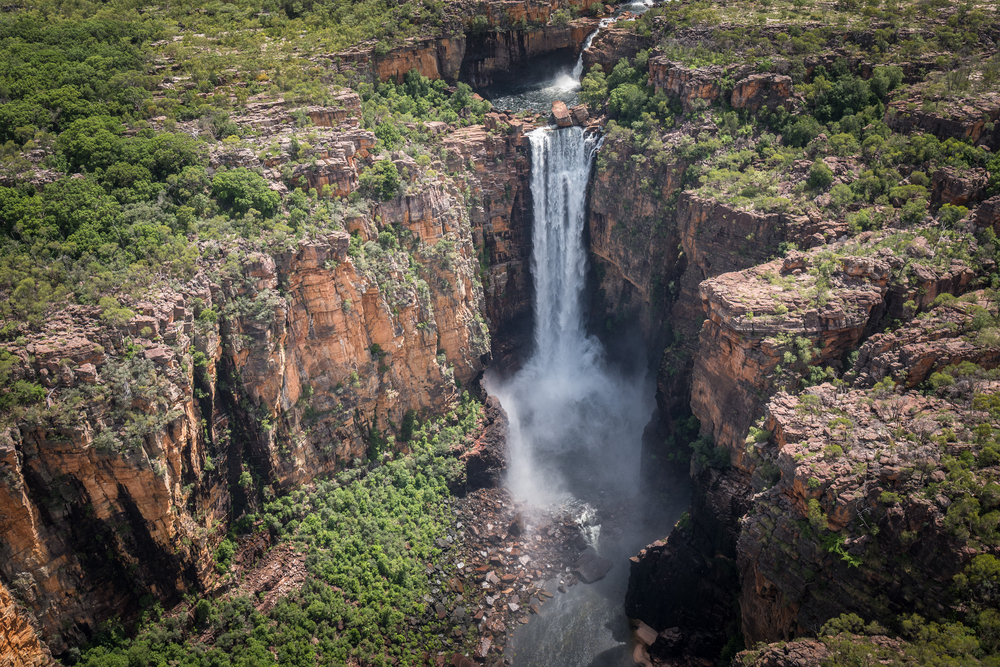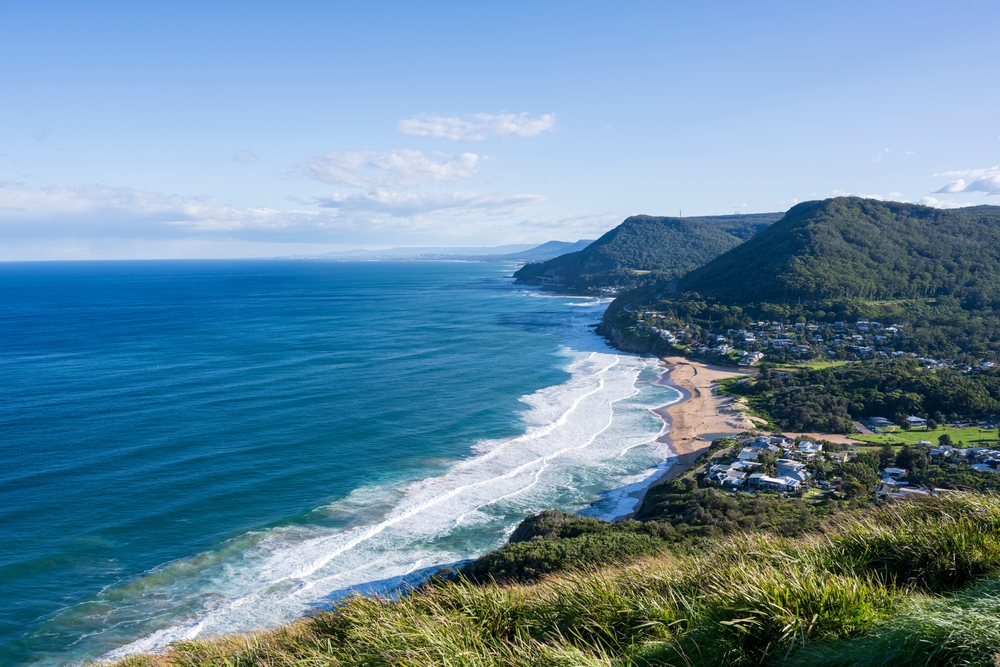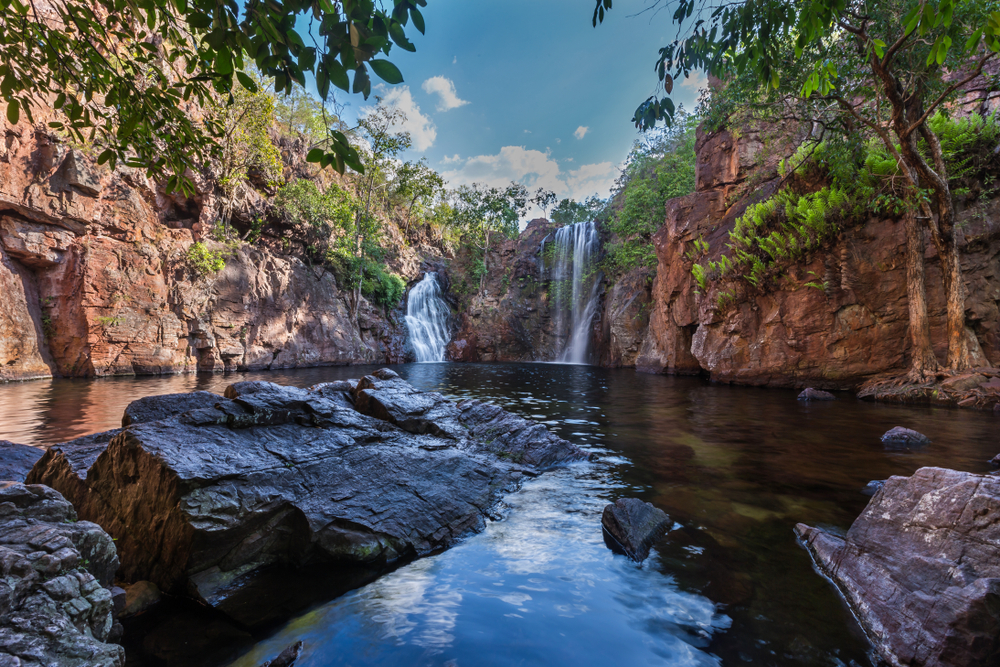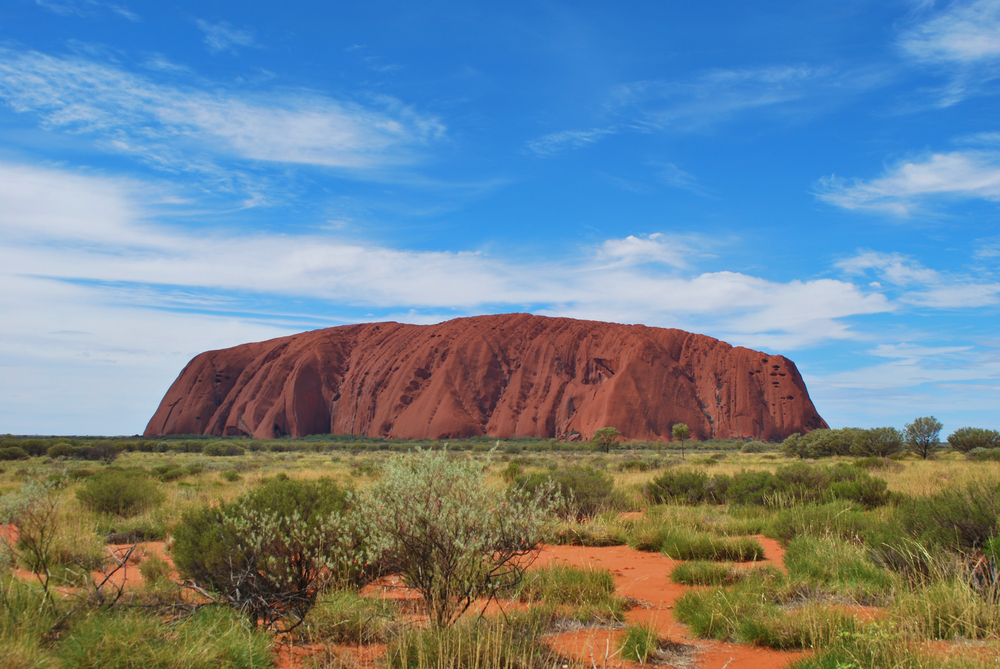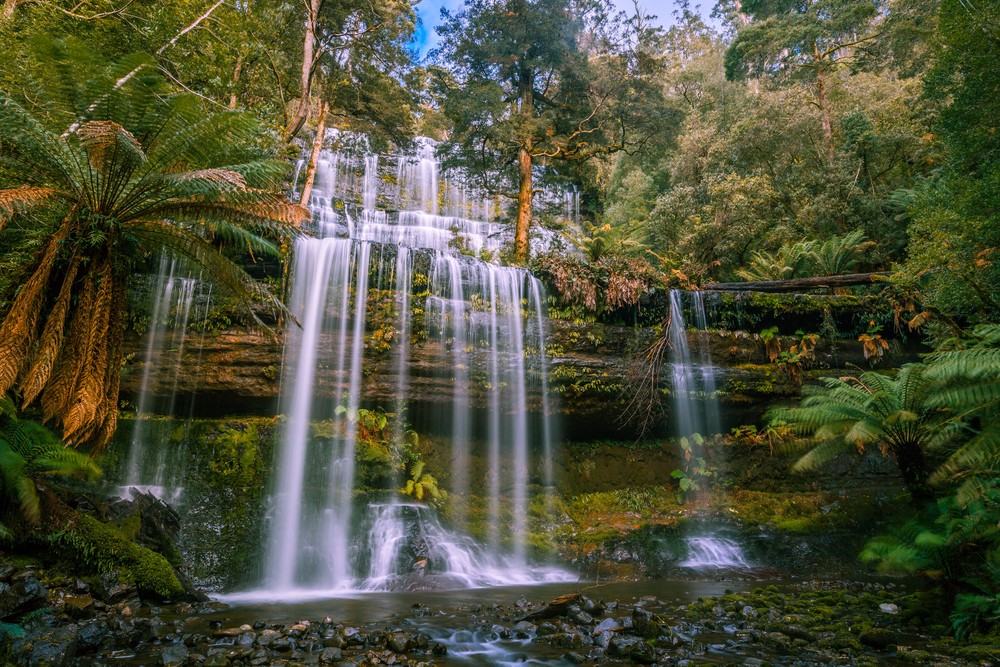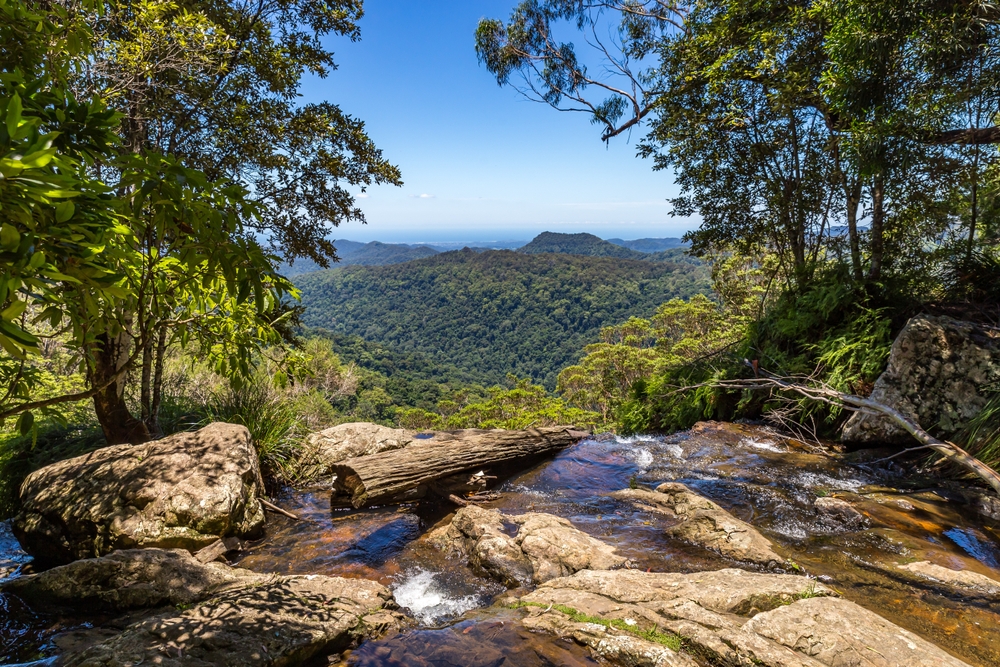Barron Gorge Overview
Barron Gorge National Park, known in the local Djabugay language as Din Din, is a stunning natural reserve located in Far North Queensland, Australia.
Spanning approximately 105 square kilometers (41 square miles), the park is situated within the Wet Tropics World Heritage Area, just a short drive from Cairns. The park is named after the Barron River, which carves its way through the rugged landscape, creating the breathtaking Barron Gorge. The terrain is characterized by steep escarpments, dense rainforests, and cascading waterfalls, including the iconic Barron Falls, which plunges dramatically over rocky cliffs, especially during the wet season.
The landscape is shaped by a combination of volcanic activity and erosion, resulting in deep valleys and towering ridges covered in lush vegetation. The rainforest is dense with towering trees, ferns, and vines, providing a vital habitat for a diverse range of plant and animal species.
The park is home to an abundance of wildlife, including some of Australia’s most unique and iconic species. Visitors may encounter the endangered southern cassowary, a large, flightless bird that plays a crucial role in seed dispersal throughout the rainforest. Other bird species include the azure kingfisher, yellow-breasted sunbird, and various parrots that add vibrant color to the canopy.
Mammals such as the musky rat-kangaroo, long-nosed bandicoot, and the spectacled flying fox can also be found within the park. Reptiles such as Boyd’s forest dragon and various tree-dwelling pythons thrive in the warm, humid conditions. The Barron River itself supports aquatic life, including freshwater turtles and fish species that navigate the winding waterways.
One of the park’s most popular attractions is Barron Falls, which offers spectacular views from several lookouts, particularly from the Skyrail Rainforest Cableway and the Kuranda Scenic Railway. These two transportation options provide an immersive way to experience the park, allowing visitors to glide above the rainforest canopy or travel through historic tunnels and bridges carved into the cliffs.
Walking trails such as the Din Din Barron Falls Lookout Track and the McDonald Track offer opportunities to explore the park on foot, leading through dense rainforest and providing glimpses of the diverse flora and fauna. For adventure seekers, white-water rafting on the Barron River provides an exhilarating way to navigate the park’s rugged waterways, with thrilling rapids offering an exciting challenge.
Conservation efforts within Barron Gorge National Park focus on protecting the delicate rainforest ecosystem, which faces threats from climate change, invasive species, and human impact. The park is part of the Wet Tropics World Heritage Area, a designation that underscores its ecological significance. Management strategies include habitat restoration, controlled burning to reduce wildfire risks, and efforts to protect endangered species such as the southern cassowary.
Sustainable tourism initiatives aim to minimize environmental impact while allowing visitors to appreciate the park’s natural beauty. Through collaboration with Indigenous communities, conservation efforts also incorporate traditional ecological knowledge to support the long-term preservation of this remarkable landscape.








































































